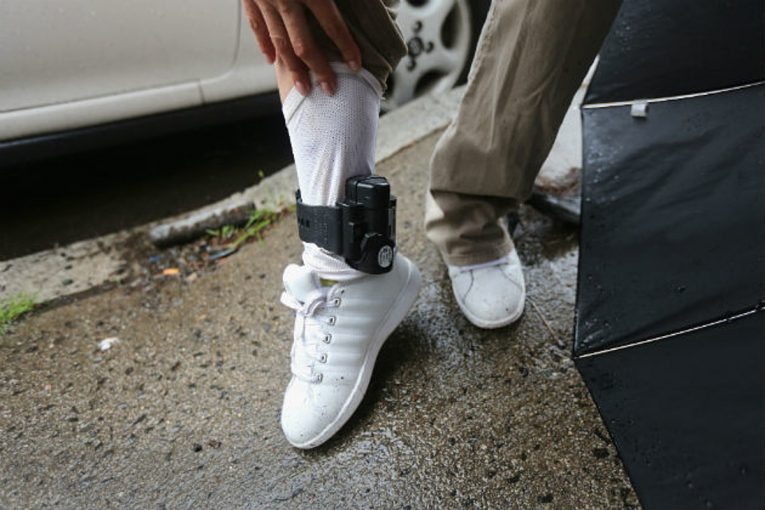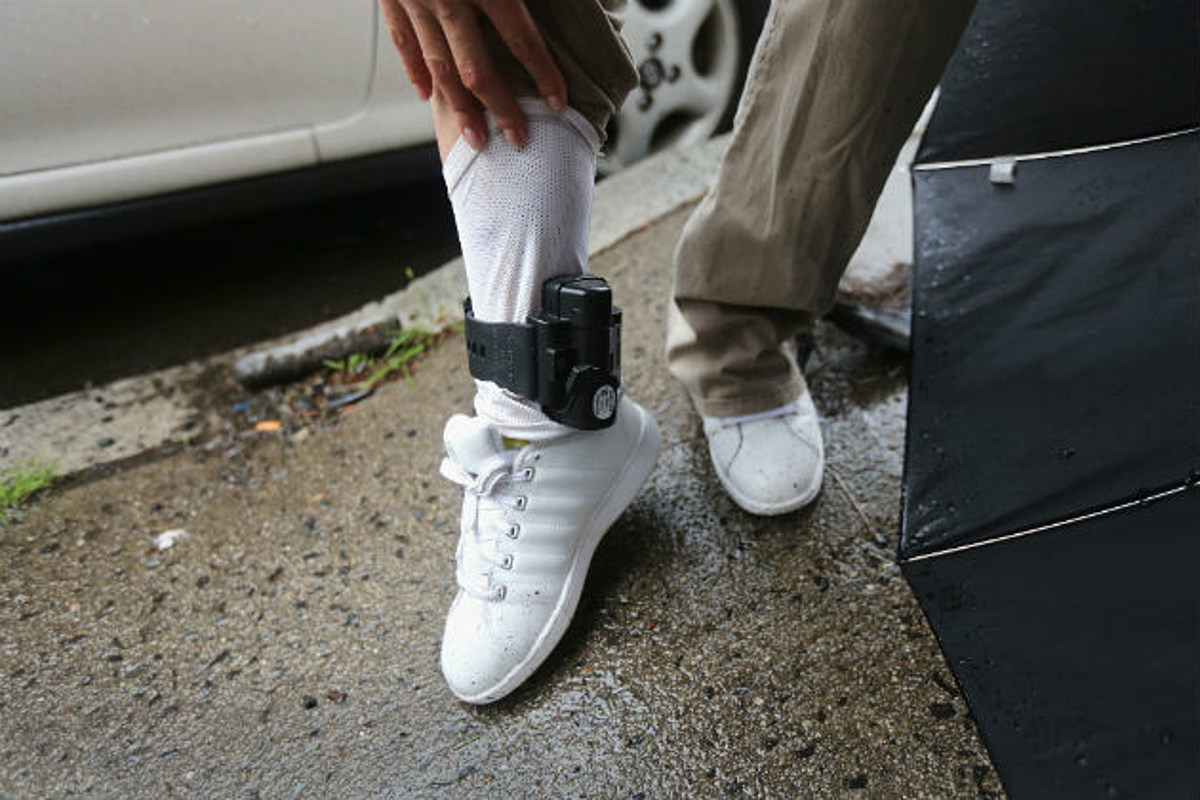

By Caleigh Carlisle
NEW YORK, NY – The Crime Report recently published an article arguing for the institution of home confinement as an alternative to mass incarceration, and author, Billy Sinclair—previously an inmate for four decades—wrote, “[H]ome confinement is much safer, and more effective, than prison incarceration.”
Sinclair said over the course of the pandemic, the U.S. Department of Justice (DOJ) worked with the U.S. Bureau of Prisons (BOP) under the authority of the Cares Act of 2020 to identify inmates most vulnerable to the virus in order to release them into home confinement, regardless of time left to serve.
As Sinclair noted, a release to home confinement does not mean those convicted can roam free.
Instead, Sinclair explains, offenders are required to wear an ankle monitor ensuring they remain in their home, similar to the “count procedures” they would experience in prison  to ensure their presence in cells.
to ensure their presence in cells.
Furthermore, Sinclair said they must receive permission to leave their houses for reasons such as work or medical appointments, as well as remain crime and drug free. According to the BOP, nearly 5,000 inmates were released during the height of the pandemic.
In a Washington Post opinion piece published in September of 2022, Molly Gill, Vice-President of Families Against Mandatory Minimums, reported BOP found only 17 of those released into home confinement reoffended. Only one of those 17 committed a violent offense (aggravated assault), and none committed any sex offenses.
Gill recognized while most states have programs available to release elderly and medically ill inmates, they are rarely used and should be expanded, arguing, “States should also give people serving the longest sentences a chance to go back to court after 10 to 15 years and prove that they have changed and can be safely released.”
Using the data found from the BOP, Gill attests we can “thoughtfully release low-risk people from prison with supervision and not cause a new crime wave.”
The U.S. has the highest incarceration rate in the world, according to Sinclair, who notes on any given day there are between 500,000 to 550,000 people in the nation’s jail system, half of whom qualify for Cares Act type home confinement. These are offenders arrested for low-level drug and other non-violent offenses.
If these inmates were to be released into home confinement, Sinclair asserts, the cost savings to taxpayers would be staggering. Additionally, a transition to home confinement would free up dozens of jail-staffers, allowing them to be re-deployed to street patrols where they could better serve the community.
“Jails are considered the ‘front door’ into the nation’s criminal justice system,” Sinclair writes.
He said more than 10.3 million people pass through these “doors” annually, according to a report published by the DOJ in 2021. Black and low income individuals are disproportionately represented in the prison population, often because they cannot make bail.
Sinclair emphasizes the current prison system is “insane,” and points out “the dangerous offender with money is released from jail detention because they can afford bail while the non-dangerous offender remains in jail detention because they cannot post bail, even minimal amounts.”
Sinclair argues that home confinement would help to fix this disparity by keeping non-dangerous offenders out of overcrowded and unsafe jail cells while pending trial. According to the BOP, most non-dangerous offenders have homes along with family or community support, which would allow for successful home confinement.
Furthermore, according to the Prison Policy Initiative, while a small percentage of non-dangerous individuals placed in home confinement will reoffend, the number that will commit violent crimes is much lower than individuals kept in pretrial detention.
Currently, the BOP has 6,126 inmates placed in home confinement. Overall, 51,577 inmates have been placed in home confinement since March 26, 2020. This number includes inmates who have completed service of their sentence.
Sinclair concludes, “The evidence is compelling that the general public would be better served, through taxpayer savings and enhanced public safety, if locals transitioned from pretrial jail detention to home confinement.”





